QuestionHi, this is not a pond question as the fish are now in an aquarium. In June I purchased some Comet Goldfish and put them in my 10'x20'pond outside. I live in northern Maine and my pond is only four feet deep so I set up an 55 gallon aquarium about 3 weeks ago. I had set up a 25 gallon one the beginning of September but decided it wasn't big enough for the three goldfish, as they had grown quite a big in the pond this summer, one fancy goldfish and a algae eater. When I sat up the 25 gallon tank I bought three small comet goldfish to cycle, only one survived. The plant life in my pond is dying out and I was concerned with the algae eater being able to survive the 30 degree weather so I have brought in all the fish. One of my large goldfish died after a week in the aquarium (he didn't eat). My ph is about 72-74, the amonia is 0 but the nitrite is above 1 and has been for two weeks. The water temp fluctuates with the house temp from 66 to 72. Is there any way to bring the nitrite levels down quicker? The two large goldfish are eating but at times they swim around and rub up against the bottom, sides etc. It appears as if one of my large goldfish has lost part of his top fin (does this happen?) The smaller fish and the algae eater seem ok. This is my first experience with fish and I don't know what else to do. I do partial water changes every two days (25%) and only feed them once a day. I have well water which is also what was in the pond. I appreciate any assistance you can give me. Thanks CeeAnn
AnswerHi CeeAnn;
Poor guys. Let's see what we can do.......
Make 25% water changes every day until the nitrite is at zero and stays there. Don't feed the fish for 3 days. Any waste at all right now will only make the situation worse. Fish are fine without food for over a week.
Get an air pump and put an airstone in the tank. This will help the bacteria balance stabilize quicker. It also maximizes the oxygen content of the water so the fish can breathe easier.
Also add aquarium salt. Nitrites are poisoning the fish and their blood is not carrying oxygen very well. The salt helps correct that. Get uniodized rock salt or aquarium salt from the fish store. Look at the label to be sure it has only pure salt and no other additives. They need one teaspoon for every gallon of water. Dissolve it in a container of tank water and slowly pour it into one end of the tank. Add more salt when you make a water change but only for water that is actually replaced. Put a teaspoon of salt back into the tank for every gallon of water you replace. Do not add salt to water when topping off after evaporation. Only the water evaporated, not the salt.
Once the nitrites are at zero and stay there you can just go to a regimen of 25% water changes weekly. Don't vacuum the gravel yet though. Wait until the tank has been set up for at least 2 months and then vacuum lightly. Do the vacuuming every 3 to 4 weeks with one of the weekly water changes.
Once you begin feeding them again make sure they totally finish all food from all areas of the tank in 5 minutes. Even if they eat all of it after that time, it is just too much food for them to digest properly. Feed once a day as you have been. Goldfish are natural born gluttons and just think they need to eat all the time. They really don't.
To help the algae eater get by until algae grows you can put in chunks of cucumber, green beans, squash, romaine, etc. Cooked green peas popped from their little round shells are very good. These green foods are essential for healthy goldfish too so keep feeding them all the time. They are high in fiber and very low in protein so they don't pollute the water like other foods do. They can be left in the tank for a day ro so as they are nibbled. The algae eater has a better chance to get at them first if you put them in at night. The goldfish can then nibble during the next day.
You might want to put a heater in the tank to keep the temperature more stable. When it drops like that it can cause an attack of ich. Speaking of that, look for tiny white pin dots on the fins or body of the fish. They are itching and it may just be from toxins, but it could be from those opportunistic little ich parasites instead. The salt helps to kill them too so there's another bonus. Amazing stuff. And so simple!
Hope everything gets better soon......
At Your Service;
Chris Robbins

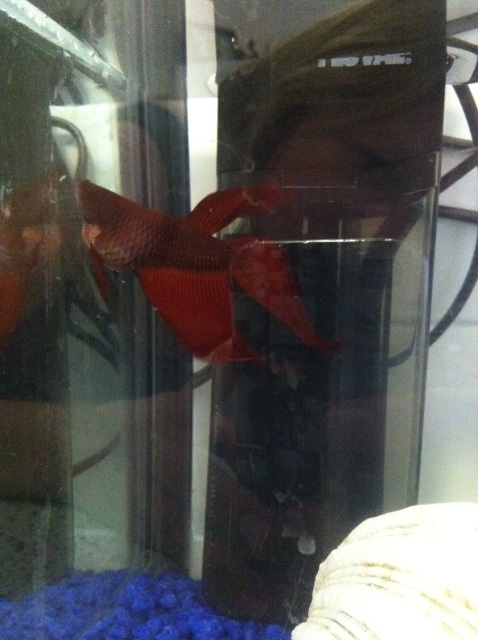 Betta with large lump under head
Question
Betta
Hi Jaymie,
I have had my male be
Betta with large lump under head
Question
Betta
Hi Jaymie,
I have had my male be
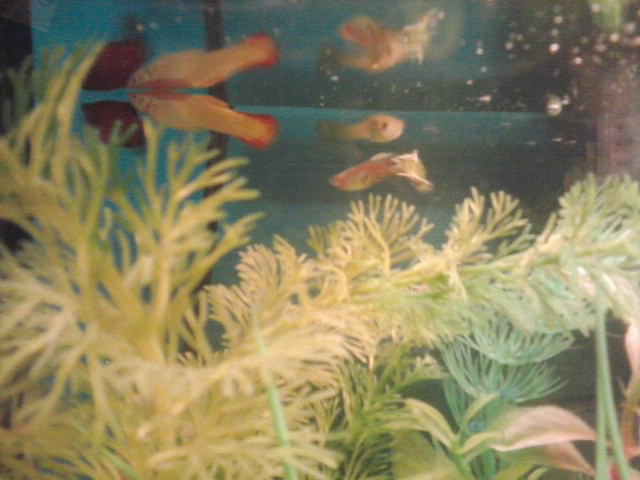 Not sure what to do
QuestionQUESTION: Hi, I have 2 platies a male and a fem
Not sure what to do
QuestionQUESTION: Hi, I have 2 platies a male and a fem
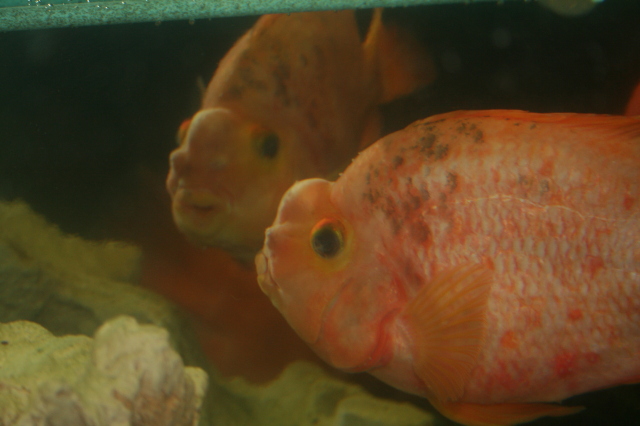 Please Help!!!!
Question
Gracie
I woke up this morning only to f
Please Help!!!!
Question
Gracie
I woke up this morning only to f
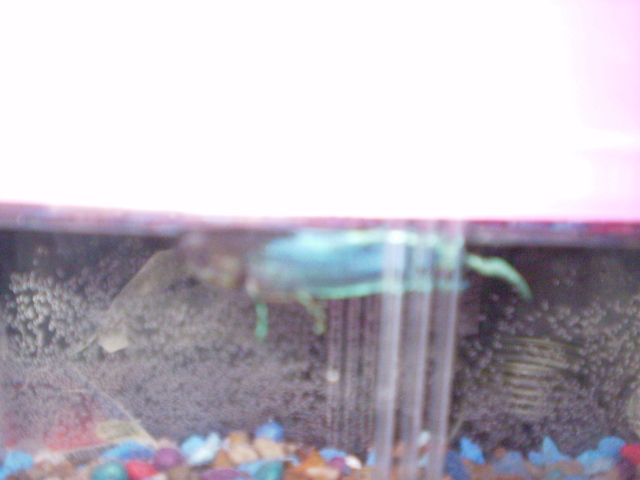 clamped fins,
QuestionQUESTION: I have a Betta that died recently. I
clamped fins,
QuestionQUESTION: I have a Betta that died recently. I
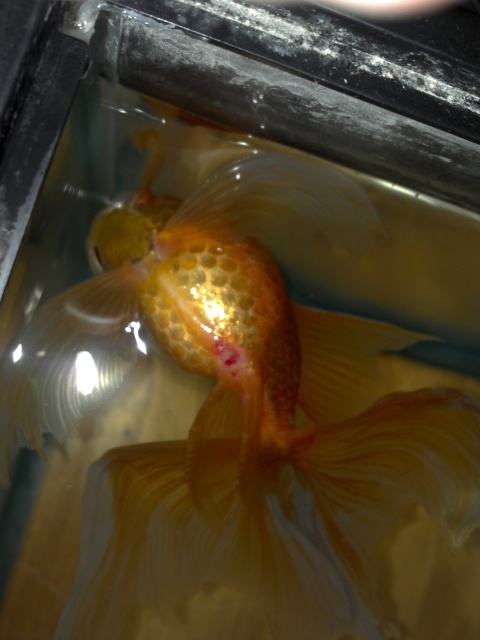 goldfish floating upside down...help please!
QuestionShirley1
QUESTION: My daughters goldfish
goldfish floating upside down...help please!
QuestionShirley1
QUESTION: My daughters goldfish